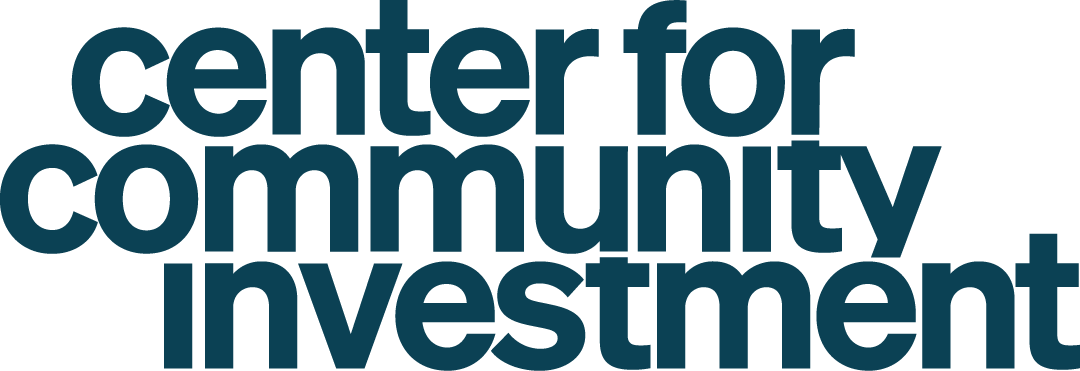Woodlawn, Chicago, Illinois
The Woodlawn neighborhood on the South Side of Chicago has a rich history and a bright future. Flanked by Jackson and Washington Parks and in close proximity to the University of Chicago’s South Campus, Woodlawn was home to the 1893 World’s Fair and was later a cultural hub with landmark jazz clubs. Like too many thriving and racially diverse urban communities, Woodlawn’s population peaked in 1960 and the following decades brought population decline and disinvestment, attributable in large part to racist policies and practices. Today, growth on the University of Chicago’s South Campus and the planned Obama Presidential Center have attracted new attention to the area and new concerns about further displacement of longtime residents. However, a strategic and comprehensive approach to both preservation and revitalization has helped ensure that longtime residents can thrive in their communities.
In 2008, Preservation of Affordable Housing (POAH) was invited by the community to acquire Grove Parc Apartments, a 504-unit Section 8 development that was slated for closure. The physical condition and design of Grove Parc was not conducive to healthy, long term preservation, so POAH instead started down a path of using the subsidy from Grove Parc to help create a community of over 1,000 new rental homes that would serve current residents, meet new demand, and create a vibrant home for longtime residents. This redevelopment was accomplished without displacement. All residents of Grove Parc were guaranteed new homes in Woodlawn.
POAH expanded its revitalization efforts by buying and preserving the sixteen buildings that make up the Washington at Woodlawn Park. Working with the City of Chicago, Local Initiatives Support Corporation, Community Investment Corporation, and other partners, as well as with the Chicago-based Community Investment Corporation, POAH was able to acquire and rehabilitate the buildings. Rehabilitation included needed repairs, installation of solar panels and energy efficiency measures to keep homes more affordable, and other quality of life updates. This work was accomplished with a blend of public and private funding, including federal funds and funding and support from community development financial institutions (CDFI). All of the homes at the Washington will remain affordable to low- and moderate-income people. POAH also obtained project based rental assistance that will keep some of the homes affordable to people with very low incomes in the future.
Preservation hasn’t been limited to rental homes. Through Renew Woodlawn, a partnership with Neighborhood Housing Services, POAH has helped create more than four dozen homeownership opportunities. Through this program, prospective homebuyers are identified and offered one on one purchase counseling, discounted purchase prices, mortgage financing, and funds for renovation of homes in the neighborhood.
POAH’s revitalization of homes in Woodlawn has spurred broader growth and investment for a healthier community, including new businesses that offer services and jobs and a resource center for residents. This includes a new Jewel-Osco grocery that has created over 400 jobs for Woodlawn residents as well as opportunities for long time businesses like Daley’s Restaurant, which has served the city for over 120 years. More investment is planned with a new rail station and commercial space coming soon.
This transformative investment in the Woodlawn community was made possible by a strong coalition of community-based organizations and stakeholders. While POAH’s investments have been a catalyst, partnerships among local groups have created an even closer-knit community and a stronger civic life.

